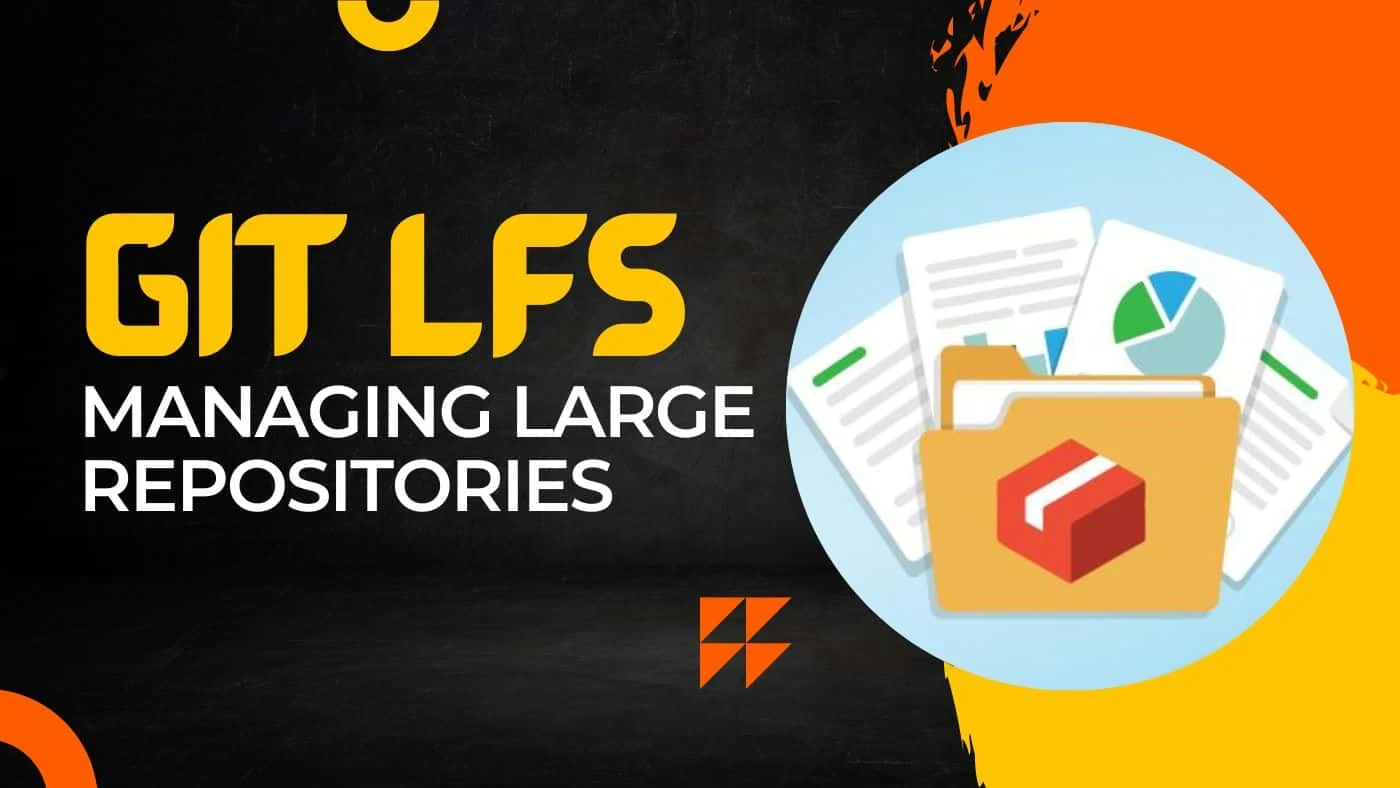Managing Large Repositories with Git LFS
Learn how Git LFS can help you manage large repositories efficiently. Streamline your workflow, reduce repository size, and improve performance.- Article authored by Kunal Chowdhury on .
Learn how Git LFS can help you manage large repositories efficiently. Streamline your workflow, reduce repository size, and improve performance.- Article authored by Kunal Chowdhury on .
Managing large repositories with Git can be a daunting task. Large files, such as media assets, binaries, and archives, can quickly increase the size of the repository, slow down performance, and make collaboration difficult. Fortunately, Git LFS (Large File Storage) is a tool designed to handle large files efficiently, making it easier to manage large repositories.
In this article, we will dive into how to manage large repositories with Git LFS. We will discuss the benefits of using Git LFS, how to set it up, and the best practices for using it. By the end of this article, you will have a thorough understanding of how to manage large repositories efficiently with Git LFS.

Git LFS is a Git extension that manages large files by storing them outside of the Git repository. Large files are stored on a server, and only a pointer to the file is stored in the repository. This approach allows Git to handle large files more efficiently, without bloating the repository size or slowing down performance.
Git LFS replaces large files with text pointers in the repository and only downloads the actual file when needed. This approach makes it possible to manage large files without affecting the overall repository size, making it easier to work with large projects that contain many large files.
Git LFS is designed to handle large files efficiently, and it has several benefits over the standard Git repository. Here are some of the key benefits of using Git LFS:
Managing large repositories with Git LFS requires a few additional steps, but it is relatively straightforward. Here are the key steps to follow when using Git LFS:
The first step in managing large repositories with Git LFS is to install Git LFS on your system. Git LFS is a separate command-line tool that needs to be installed alongside Git. You can download Git LFS from the Git LFS website or install it using a package manager.
Once you have installed Git LFS, you need to configure Git to use Git LFS. This can be done by running the following command:
$ git lfs install
This command configures Git to use Git LFS for all large files. You only need to run this command once per system.
To track large files with Git LFS, you need to add them to the Git repository using the Git LFS command. For example, to add a large file called "myfile.zip" to a repository, you can use the following command:
$ git lfs track "myfile.zip"
This command tells Git to store "myfile.zip" using Git LFS, and it creates a text pointer to the file in the repository. You can track as many large files as you need using this command.
Once you have added large files to the repository using Git LFS, you can commit and push changes as usual. When you commit changes that include large files, Git LFS automatically uploads the files to the Git LFS server and replaces them with text pointers in the Git repository. You can then push these changes to the remote repository, and other users can pull the changes and download the large files as needed.
When you clone a Git LFS repository, the text pointers to large files are downloaded automatically, but the actual files are not. To download the actual files, you need to run the following command:
$ git lfs pull
This command downloads all the large files from the Git LFS server and replaces the text pointers in the Git repository with the actual files.
Here are some best practices for using Git LFS to manage large repositories:
In conclusion, Git LFS is a powerful tool that can help you manage large repositories efficiently. By storing large files outside the Git repository, Git LFS reduces the size of the repository and improves performance. With Git LFS, large files can be versioned separately from the rest of the repository, making it easier to collaborate on projects that contain large files. However, it is important to use Git LFS with care, following best practices to ensure that it is used effectively.
In this article, we have provided a detailed guide on how to manage large repositories with Git LFS. We have covered the benefits of using Git LFS, how to set it up, and best practices for using it. By following these guidelines, you can maximize efficiency and streamline your workflow when working with large files in Git repositories.
In summary, Git LFS is a valuable tool for developers who work with large repositories, and it is definitely worth exploring further. With the right setup and practices, you can manage large files with ease and enjoy the full benefits of Git for version control.
Thank you for visiting our website!
We value your engagement and would love to hear your thoughts. Don't forget to leave a comment below to share your feedback, opinions, or questions.
We believe in fostering an interactive and inclusive community, and your comments play a crucial role in creating that environment.